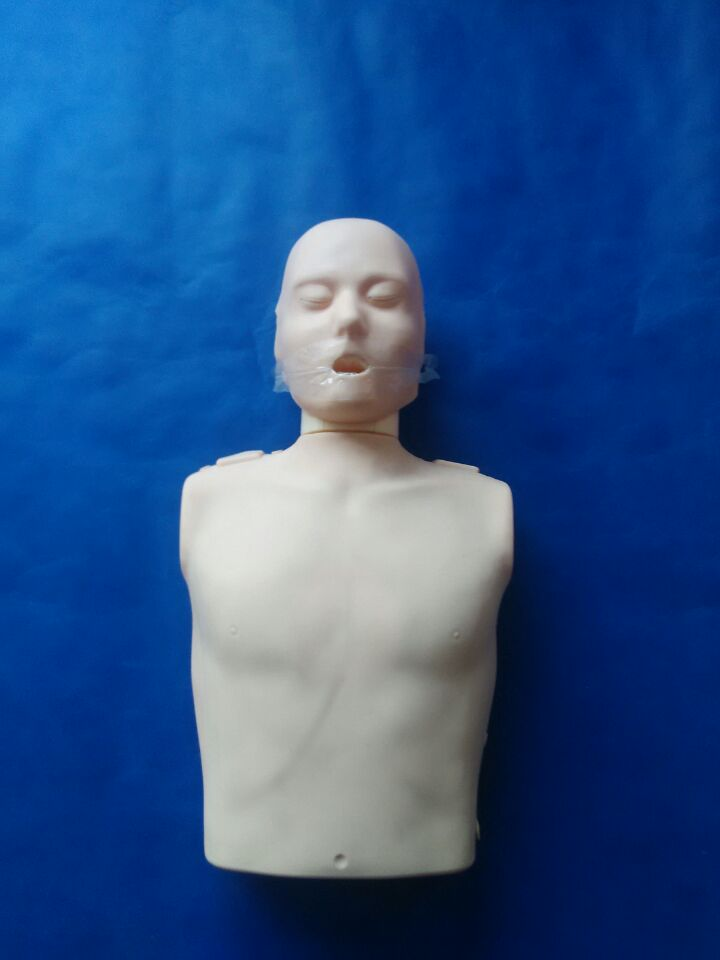The method of judging cardiac arrest mainly includes the steps of observing the patient's consciousness, checking the pulse, observing breathing and auscultation.

First, try to communicate with the patient, touch the shoulder lightly and make sounds to see if the patient responds. If the patient does not respond, it can be initially determined that he has lost consciousness.
Second, check the patient's pulse, especially at locations such as the carotid artery or arterial pulsation zone. If the pulse cannot be felt, it may indicate that the heart has stopped.
At the same time, observe the patient's breathing. If there is no chest movement, no breathing sounds are heard, or if the breathing becomes irregular, sigh-like, and eventually stops, this is also a big sign that the heart has stopped.
Finally, during first aid, if conditions permit, auscultation can be used to assist judgment. During auscultation, if there is no heartbeat or breathing, cardiac arrest can be further diagnosed.
It should be noted that cardiac arrest is an emergency and requires immediate first aid measures such as cardiopulmonary resuscitation. While making judgment, you should call the emergency hotline as soon as possible so that professional medical personnel can arrive in time and provide further treatment.
In addition, cardiac arrest may be caused by a variety of reasons, such as primary heart disease, myocardial infarction, coronary heart disease, etc. It may also be related to systemic pathological changes caused by other organ diseases. Therefore, during first aid, it is also very important to understand the patient's medical history and cause of the disease.
In general, judging cardiac arrest requires comprehensive consideration of information from the patient's consciousness, pulse, respiration, and auscultation. In an emergency, first aid measures should be taken as soon as possible to give patients more chances of survival. At the same time, improving the public's understanding and mastery of first aid knowledge is of great significance for timely identification and rescue of patients with cardiac arrest.
